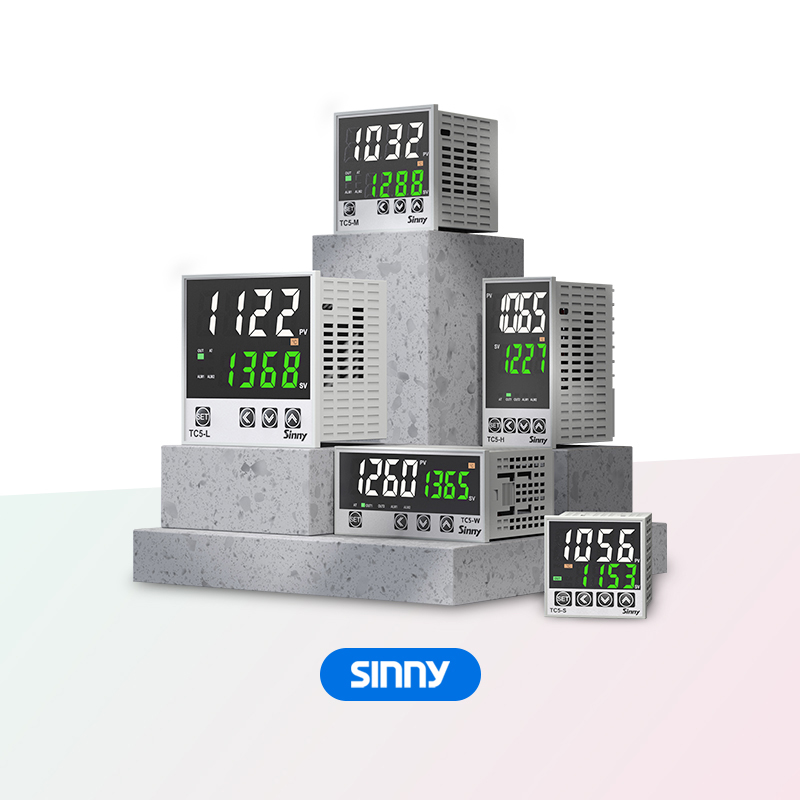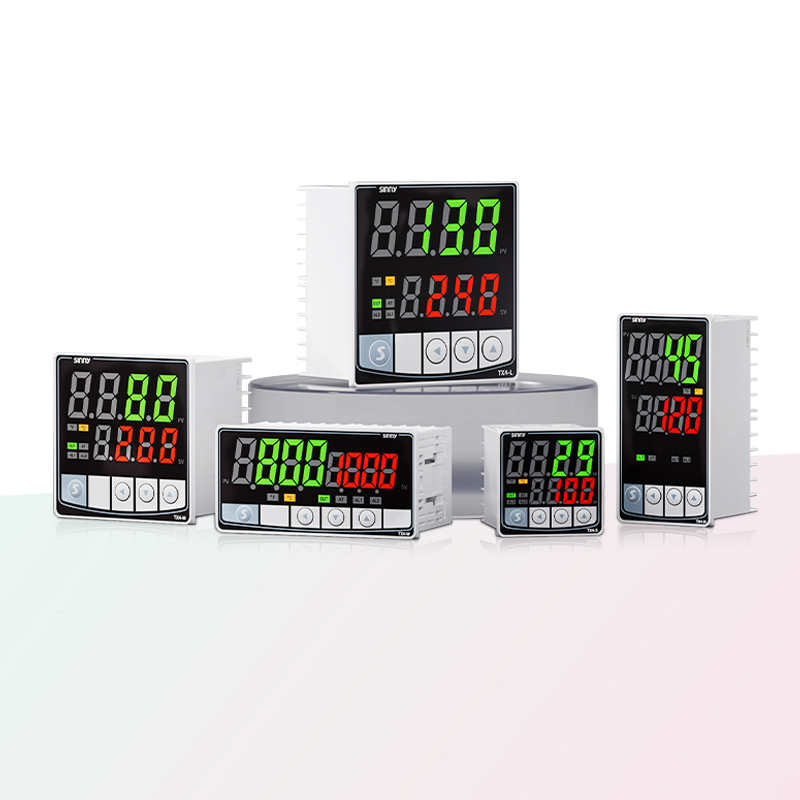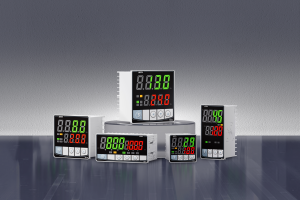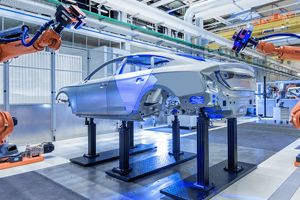Types of temperature controller A Comprehensive Guide
The common types of temperature controllers available on the market include electronic temperature controllers, mechanical temperature controllers and intelligent temperature controllers
1.Electronic temperature controller: Generally, it is a PID temperature controller
2. Mechanical temperature controller: It is generally an on-OFF temperature controller
3. Smart temperature controller: Generally equipped with a communication module, the temperature Controller can be remotely controlled via a mobile phone
1. The function of the thermostat
1.The common functional types of temperature controllers have many functions: alarm /relay ssr output/input tc rtd/100~240v/24v
/ Current and voltage output /RS485 communication function
2. Common thermostats only have the function of relay ssr output/input tc rtd/100-240v/ single alarm. Generally, such thermostats are conventional thermostats and are like this when they leave the factory. For temperature controllers that require dual alarm, 24v current and voltage output, and RS485 communication functions, it is generally necessary to customize them from manufacturers
3. Common types of temperature control include temperature and humidity controllers/conventional controllers
1. Temperature and humidity controller (full name: "Temperature and Humidity integrated controller") The electronic device with dual monitoring and automatic control functions of temperature and humidity mainly collects the temperature and humidity data of the target environment and compares it with the preset set values. At this time, the "brain" of the temperature controller receives the instruction and uses the actuator to execute the command, automatically triggering the actual value to stabilize within the set range. Without manual intervention, it automatically adjusts to make the set temperature normal. The humidity is also normal.
2. Conventional temperature controller: It is mainly suitable for adjusting temperature for cooling and heating, lacking the function of humidity adjustment. If you choose a conventional temperature controller, you have to make a selection in terms of measurement accuracy, temperature control range, product material, and functional diversity

4. Single alarm and dual alarm: 100~240v and 24v current and voltage output, RS485 output
1.Single alarm and double alarm: A single alarm can only alarm for the upper and lower limits of temperature, while a double alarm can not only alarm for the upper and lower limits of temperature but also for an impending damage or burnout of a component inside, which can reduce the scrap rate of the product
2.100~240v and 24v: 100~240v is suitable for which household and commercial equipment, while 24v is generally used in large industrial equipment for thermostats. In terms of safety, 24v is usually higher.100~240v is high voltage and poses an electric shock risk. No matter which one you choose, you must select based on the specific requirements of your equipment.
3. Current and voltage output: When the temperature controller starts the equipment, it will give the equipment a voltage judgment. This is the fixed voltage of the equipment. When it determines that the equipment should stop, it immediately disconnects this voltage
The current output is generally 0-10mA and 4-20mA. When the device receives a signal of this current magnitude, it will start up and adjust the working state according to the current magnitude. When the current intensity exceeds the set value, the current will be immediately cut off

4.RS485 output: The temperature controller can be connected and bound to other electronic devices (mobile phones) through this interface, and the data of the temperature controller can be monitored at all times via the mobile phone
Distinguish the essential difference between "control signals" and "communication signals"
Control signal: The voltage power supply temperature controller directly issues instructions to the controlled equipment to operate
Communication signal: The monitoring equipment itself
5. How to Choose a PID temperature controller------ Find a suitable one with high cost performance and suitability
1. For low-power household appliances: A thermostat with a regular relay output is sufficient. Generally, it is a conventional thermostat
2. High-power industrial equipment: Select temperature controllers with "thyristor output" or "solid-state relay output"
3. Equipment requiring precise temperature control: For this, high-precision industrial temperature controllers should be selected. The specific choice depends on one of your equipment requirements
4. Don't get the interface wrong. The power supply voltage is generally 220v, and the industrial voltage is 380v. The output type should be selected based on how the thermostat controls your device
5. Check if there is a need for customized functions in the scene requirements
6. Be sure to choose products with warranty and service. Never select products without any manufacturer, manufacturer or manufacturer
If this process is followed well, you basically won't make a wrong purchase
- What are the components of a temperature control system and what are their respective uses? A comprehensive Guide to
- What is the dead zone of tempperaaature controller?





















